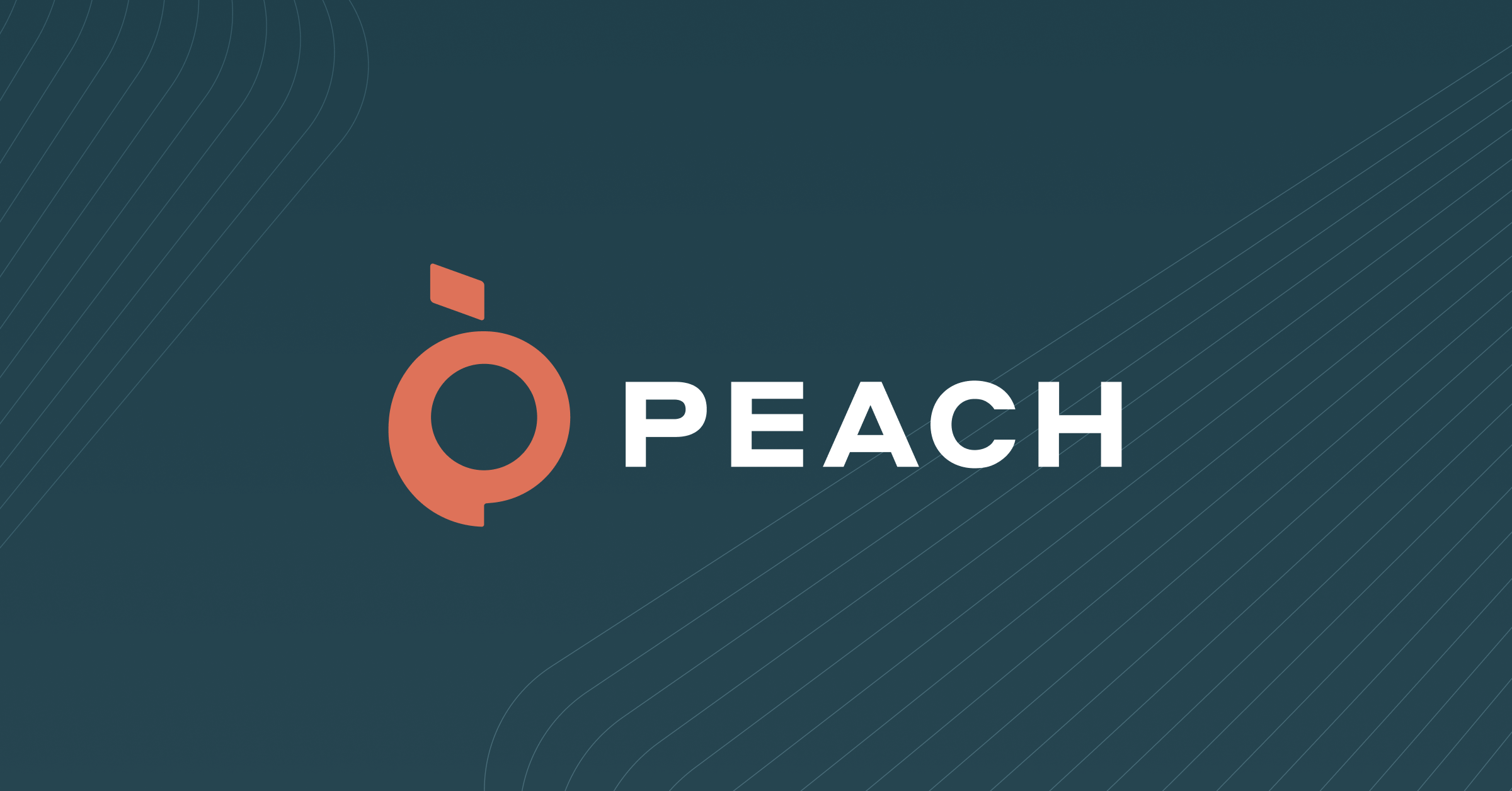sari
@sari
making Sublime — for you and for me.
sari
@sari
making Sublime — for you and for me.
Design is not style. It’s not about giving shape to the shell and not giving a damn about the guts. Good design is a renaissance attitude that combines technology, cognitive science, human need, and beauty to produce something that the world didn’t know it was missing.
-Virginia Postrel, The Substance of Style: How the Rise of Aesthetic Value is Rem
... See more


